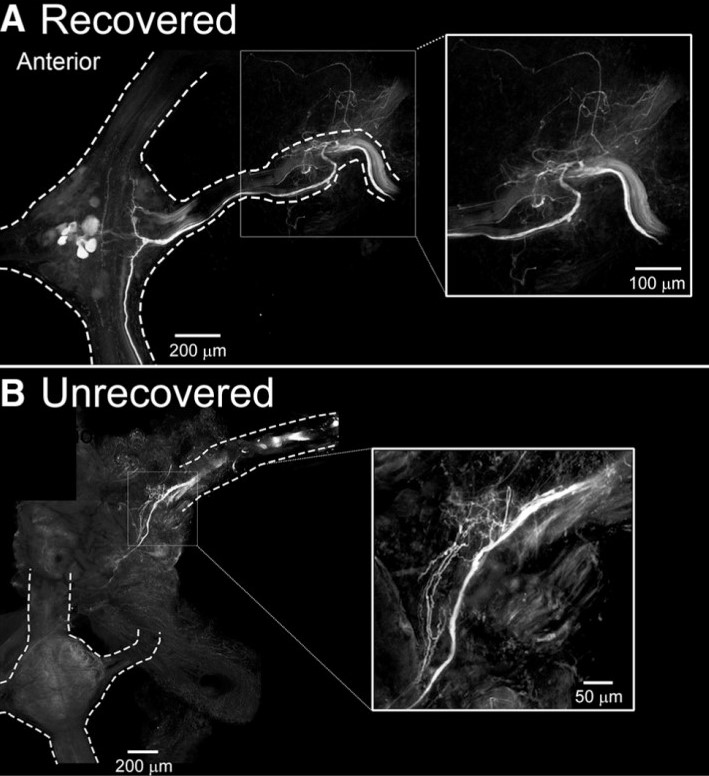Authors used a novel method to show that selectively activating cholecystokinin-expressing GABAergic neurons subtly affects emotional behavior but surprisingly enhances multiple memory and cognitive processes.
Authors show that the same stress can elicit divergent morphological effects in astrocytes in the hippocampus versus the amygdala.
Authors show that the memory of eating a recent meal likely inhibits subsequent food consumption.
See the most shared articles of January/February 2019; Volume 6,Issue 1
Authors identify capsaicin receptor TRPV1 as a key regulator of Ca2+ entry into axoplasm that is required for developmental degeneration modeled by NGF withdrawal from sensory neurons of the dorsal root ganglion in vitro.
Authors found that experimentally induced stroke causes a secondary wave of brain tissue inflammation that shares some molecular and morphological characteristics with atherosclerosis.
Authors describe an unexpected effect of in utero electroporation of plasmid DNA on the distribution of microglia within the developing forebrain.
Dr. Jacqueline Barker tells the story about her first-author eNeuro paper that showed that action-outcome relationships are differentially encoded by the infralimbic prefrontal cortex during goal-directed and habitual behaviors.
Check out the top 10 most downloaded articles published in eNeuro in 2018.
Authors demonstrate that in the absence of descending cephalic input, locomotor recovery in the leech is achieved by a switch to dependence on afferent information from peripheral nerves in the body wall.
FOLLOW US
TAGS
CATEGORIES



.jpg)

 RSS Feed
RSS Feed




